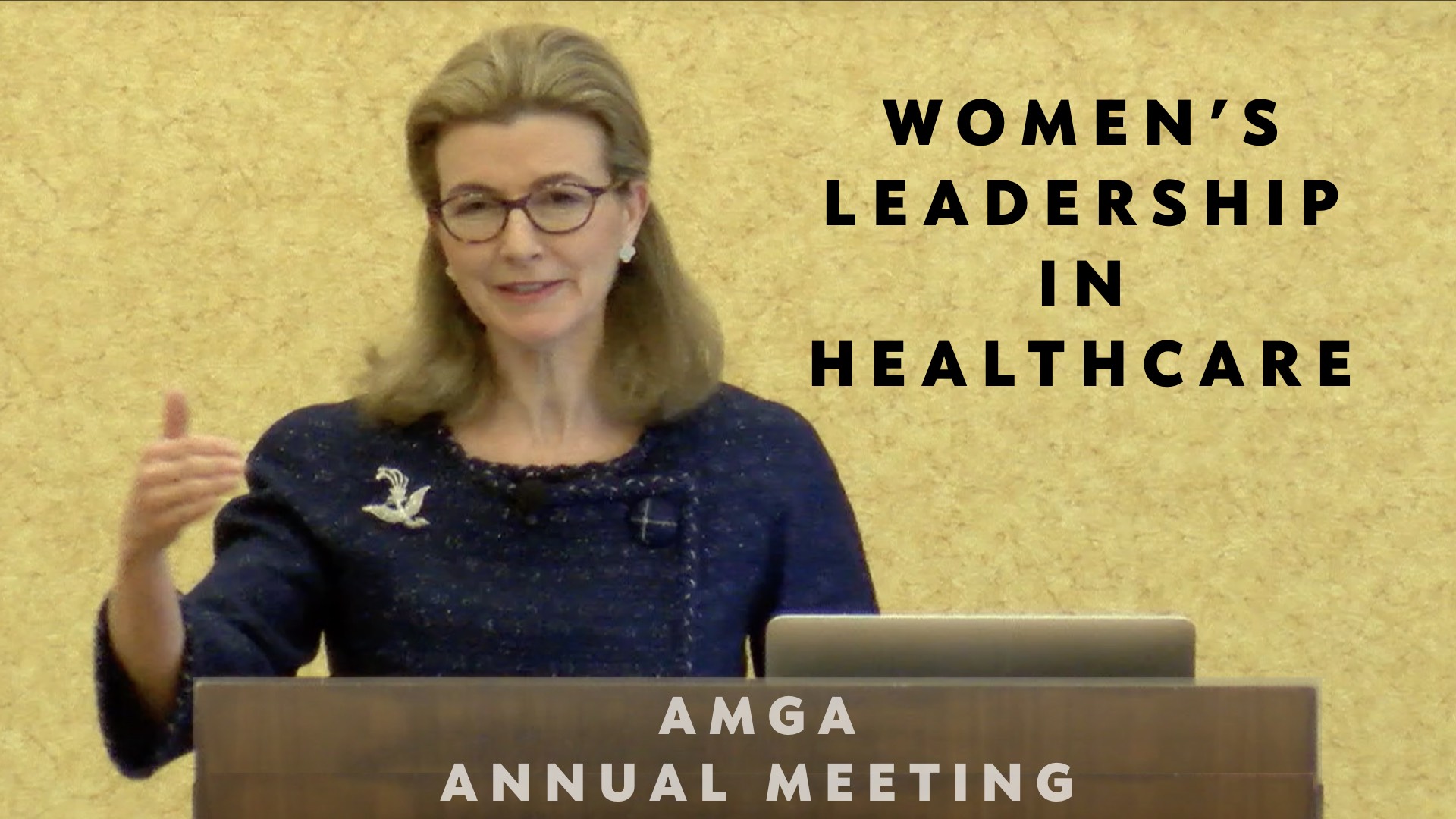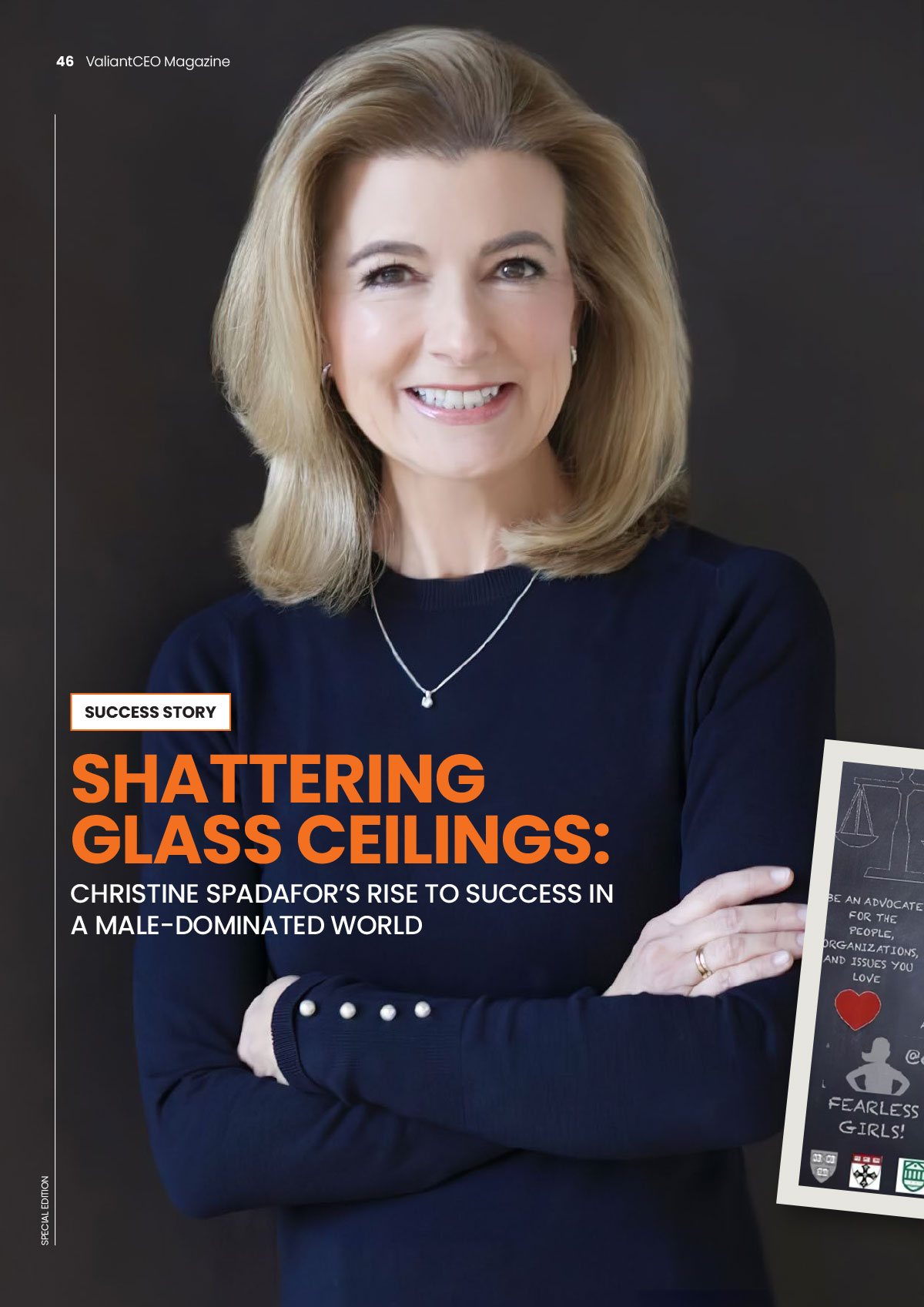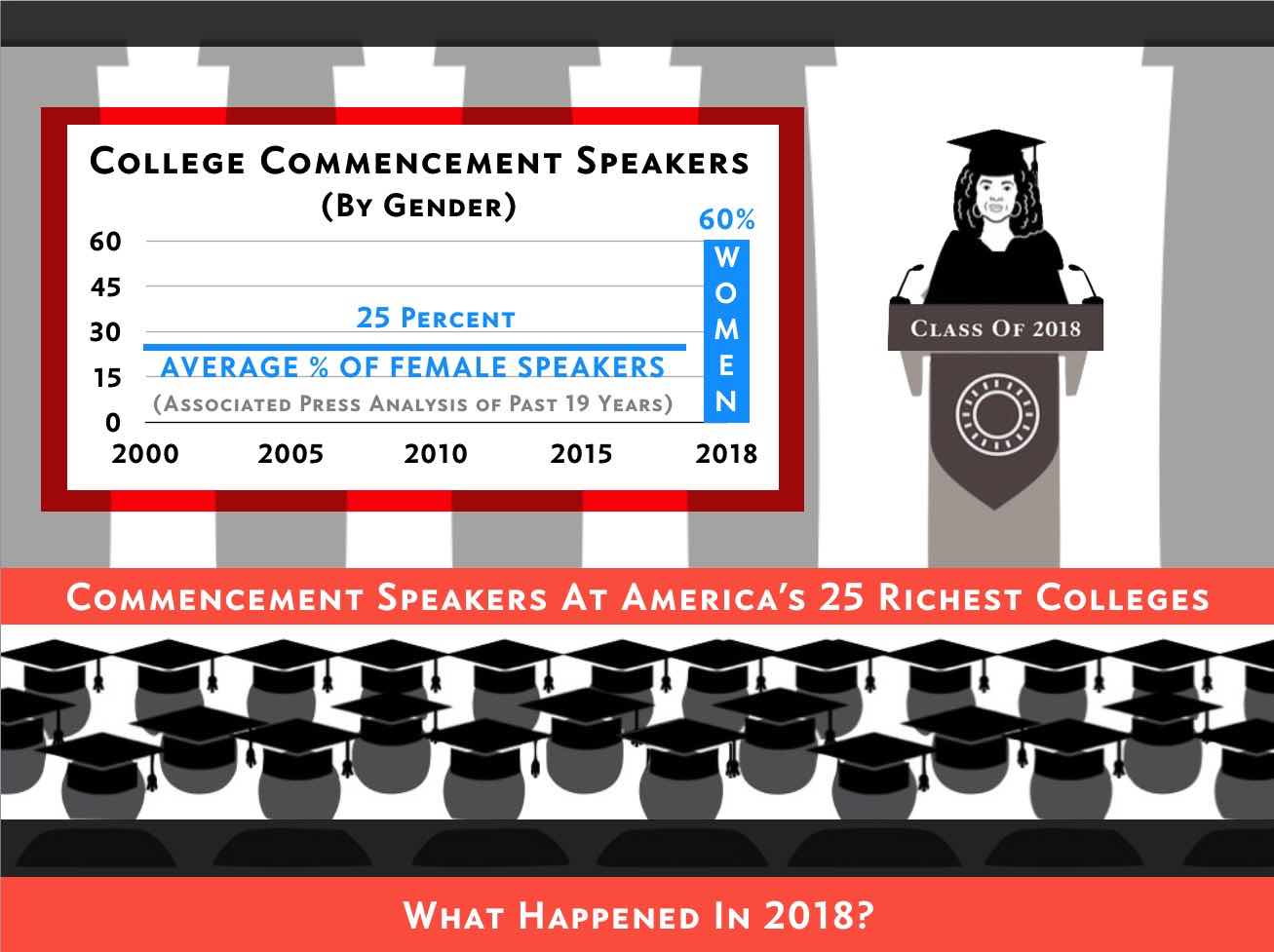Why are women in healthcare so sparsely represented in the executive suite?
That question — and related issues on gender diversity — was the focus of a special “Women in Leadership” session held earlier this year at the annual conference for the American Medical Group Association. AMGA Board of Directors member Sharon Gabrielson (Chair of the Mayo Clinic Global Business Solutions) spearheaded this timely session — and I had the privilege of being a featured speaker.
Gender Diversity Speech Excerpts
Mentorship & Sponsorship in Gender Diversity
“Manbassador” Programs for Gender Diversity
Gender Diversity: Not A “Women’s Issue”
“Gender diversity is an INDUSTRY issue. Gender diversity is an ORGANIZATIONAL issue. Gender diversity is NOT a “women’s issue.”
Not A “Women’s Issue”
AMGA’s “Women in Leadership” session conversation started by exploring obstacles to gender equality. We then discussed strategies for overcoming these obstacles and increasing the percentage of women in healthcare executive leadership. Among the key themes I have stressed in lectures, workshops, and speeches this year is this:
Healthcare Gender Diversity Measures Tell A Tale
By almost every measure, women are the lifeblood of America’s healthcare industry:
- More that 70% of hospital employees are women.
- More than 70% of employees in doctor’s offices are women.
- In the “medicine and healthcare” industry, 74% of the managers are women. (The highest percentage of female managers in any industry tracked by the U.S. Bureau of Labor Statistics.)
Yet even with these consistently impressive numbers there is one notable healthcare position where women are grossly under-represented — at the very top. In this overwhelmingly female employment sector, what percentage of CEOs are women? Approximately 20%. This simply has to change.
Gender Diversity Obstacles Are Widespread Across Industries
The healthcare industry is not alone in having a low percentage of women in executive leadership. For example, as part of its “Management’s Missing Women” series, the Financial Times provided detailed reporting on the multiple factors in global financial institutions and Silicon Valley that create gender inequality environments – including challenges for women to be taken seriously, difficulty getting promoted, and, to be blunt, overt sexism. (Financial Times, April 9, 2017; “Why is Silicon Valley So Awful to Women?”, The Atlantic, April 2017)
In 2017, McKinsey & Co. in partnership with LeanIn.org published its third annual “Women in the Workplace” – a comprehensive study of the state of women in corporate America. The researchers gathered data from 222 companies that employ more than 12 million employees combined. More than 70,000 employees of those companies completed surveys, sharing their experiences with gender, opportunities, career and work-life issues. The “Women in the Workplace 2017” report came to this worrisome conclusion:
Although company commitment to gender diversity is at an all-time high (a reported 78% in the 2016 study), gender outcomes across the largest corporations are not changing.
Why? It is not for lack of ambition, but lack of opportunity and company “blind spots” that create obstacles.
Key findings from McKinsey’s 2017 “Women in the Workplace” study include:
- The bar for gender equality is too low
– Nearly 50% of the men think women are well represented when one in 10 senior leaders is a woman. And one-third of the women agree. - Women hit the glass ceiling early
– At the first critical step to manager, women are 18% less likely to be promoted than make peers - Men are more likely to say they get what they want without having to ask
- Women get less support that advances their careers
– Women are less likely to receive advice from managers and senior leaders on how to advance and less likely to interact regularly with senior leaders - Women are less optimistic they can reach the top
– Women are less likely to aspire to be a top executive… and those who do are significantly less likely than men to think they will become one. - Men are less committed to gender diversity efforts
– Many men believe gender diversity places them at a disadvantage and de-emphasizes performance merit. 15% believe it will make it harder for them to advance. - Many women still work a double shift
– Women with a partner and children are more likely than male counterparts to do all or most of the household work - Many companies overlook the realities of women of color, who face the greatest obstacles and receive the least support
These and other obstacles have broad, far-reaching economic effects and troubling outcomes beyond the direct negative effects experienced by women – and these were articulated by Janet Yellin, the Federal Reserve Chairwoman, at a speech earlier this year at Brown University. In her remarks, Ms. Yellin cited research concluding that “women still make about 10 percent less, on average than men with similar backgrounds who work in similar positions.” Ms. Yellin also addressed women’s participation in the workplace, which she stated is “stalled” in part due to discriminatory corporate policies. “Bringing more women into the workforce with policies like expanding the availability of paid leave, affordable childcare and flexible work schedules could help lift the American economy from a long stretch of slow growth” – increasing the nation’s annual economic output by 5 percent according to a study cited by the Chairwoman. Source: New York Times
Breaking Down the Obstacles – Where to Begin?
Haven’t we been talking and reading about gender diversity obstacles for too long? The Italians have a word for this: Basta! (Enough!)
A place to start: Bridge the gap between the intentions of policies and procedures and how the employees experience them – in essence, holding management accountable for “walking the talk”.
The McKinsey/LeanIn.org study recommended four steps for companies to take to help close this gap:
- Make a compelling case for gender diversity.
- Invest in more employee training.
- Give managers the means to drive change (and break the status quo).
- Ensure hiring, promotions and performance reviews are fair.
- Give employees the flexibility to fit work into their live.s
- Focus on accountability and results.
- Understand company-specific “pain points” and tackle them directly.
I would add two more recommendations:
Establish a “Manbassador” program.
Women cannot change the corporate culture or conquer unconscious bias without the men – so design and implement a partnership program. Manbassador programs are popping up on campuses of business schools, including Tuck School of Business at Dartmouth and Harvard Business School. Their goal is to support their talented and capable female classmates by starting conversations about gender inequality in the classroom and on the campus. Manbassadors then carry their commitment to and grass-roots conversations about gender inequality into the workplace when they graduate.
Add gender diversity to the boardroom agenda.
The gender diversity agenda for a board of directors is a broad one – not only looking at the number of women on corporate boards (also “stalled” at about 20 percent in the US), but also tracking the number of women in management in the company. Since 78 percent of companies report gender diversity as a top CEO priority yet gender outcomes are not changing, it is the role of the board to help establish the gender equality culture of the organization and hold executives accountable for achieving targeted results. Put it on the agenda.
Gender diversity for the sake of checking the corporate “diversity box” is not the point. Women do not want nor are requesting to be a “token woman” in the room. They are in the room because they are competent and have earned their seat at the table. Clearly there is a long way to go to achieve gender equality and perhaps we will get there only when there are more women in power. Let’s make that happen!
Presentation Feedback From AMGA Attendees
For all the generous comments from those who attended my AMGA presentation: Thank you for your kind words! I have listed a few of these gracious remarks below.
“I had pleasure of hearing Christine speak at the AMGA women in leadership conference in March of 2017 and was inspired beyond words. Her dynamic level of commitment is engaging, motivational, and thought provoking. Her powerful message was delivered in a manner that makes you stop, think, analyze and take charge of your destiny. Christine gave us some really important and valuable messages on how we, as women, need to stop waiting for someone to give us the opportunity, get out of our own way, ask what’s next, and be a superboss!”
~ Sharon Gabrielson
Chair, Mayo Clinic Global Business Solutions, Director, AMGA Board of Directors
“Thank you for taking time out of your busy life to share perspective and inspire us all! Your grasp on the research related to challenges facing women leaders, as well as your personal experience, provided valuable insight on how organizations should address diversity in their leadership ranks. In addition, you challenged us to embrace our power as women leaders, to remove barriers in our mindset.”
~ Theresa Frei
CEO, Sutter Medical Foundation
“Your presentation was inspiring, called women to action, and provided concrete steps to own the space we rightfully hold in leadership.”
~ Suzanne Wenderoth, MD, FACP
Vice President, Ambulatory Clinical Initiatives, Reading Health Physician Network<
“I really enjoyed your presentation at the AMGA Conference. Your passion for women’s empowerment is inspiring. You connected with the audience and left us…sharing your passion and drive towards women’s empowerment!!”
~ Suheir Haddad
Chief Financial Officer, Sutter Medical Foundation

I closed my AMGA presentation with a brief New York Times video of the “Fearless Girl” installation — State Street Global Advisors’ powerful initiative to promote gender diversity in America’s corporate boards. (Sculptor: Kristen Visba, Visbal Sculpture, Inc. Photographer: Federica Valabrega)




